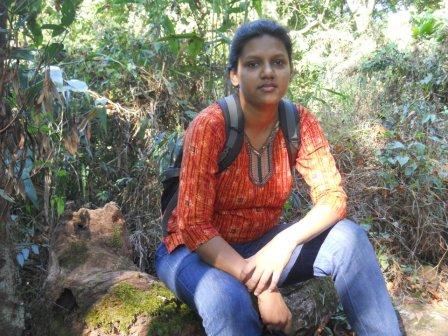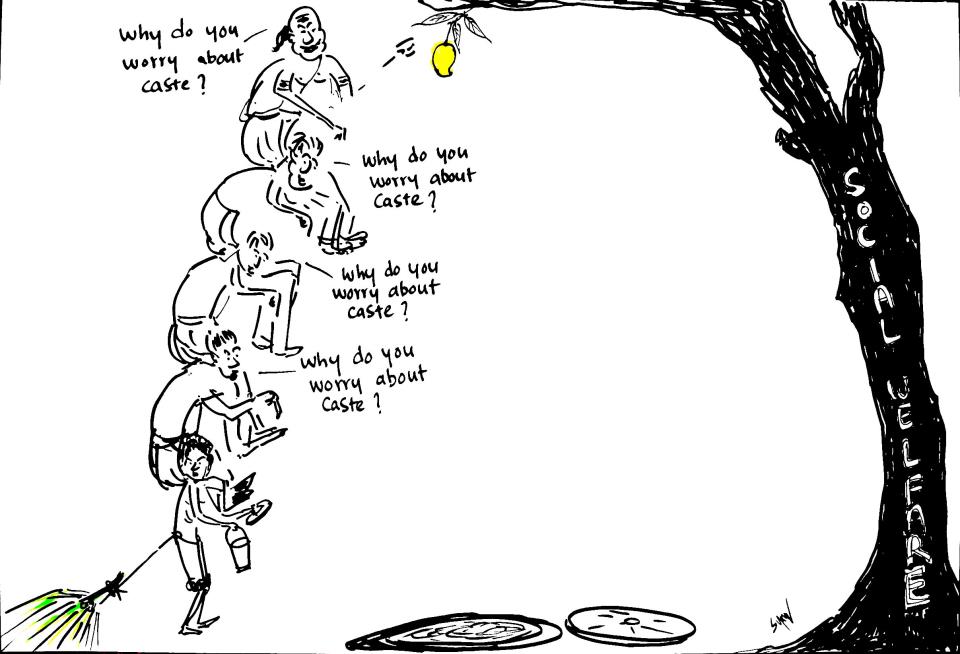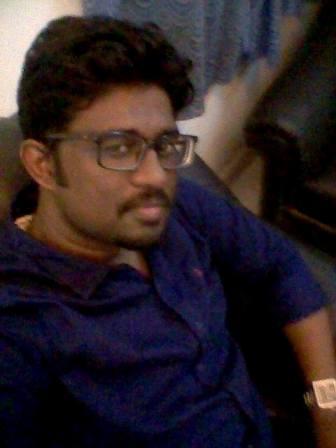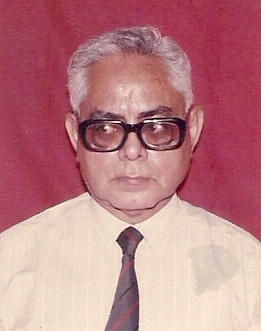Rahi Gaikwad
 Years ago, while studying journalism, a remark made by a foreign national classmate during a class discussion on caste has stuck in my mind till date. From what I remember, she said that she had many Indian friends who told her they did not believe in caste, but somehow mentioned they were Brahmins. Had I noted her words, quoting them verbatim would have sounded more perceptive.
Years ago, while studying journalism, a remark made by a foreign national classmate during a class discussion on caste has stuck in my mind till date. From what I remember, she said that she had many Indian friends who told her they did not believe in caste, but somehow mentioned they were Brahmins. Had I noted her words, quoting them verbatim would have sounded more perceptive.
The memory of my classmate’s observation came gushing back to me as I read an article in The Indian Express on Monday, November 28, 2016, titled: ‘When a professor played translator for a terrorist’. (Link 1 below)
The story is about an Indian-origin professor who had a telephonic conversation from the US with a terrorist at Nariman House, Mumbai, during the 26/11 serial attacks in the city. All is well till the report states, “Born in Kerala and schooled in Mumbai, the Tamil-Brahmin Viswanath has been in the United States for nearly four decades. A PhD holder in economics and finance, he teaches corporate finance at the Lubin School of Business, Pace University, New York. Keenly interested in languages, he speaks French, Spanish, Tamil, Hindi, Urdu and Yiddish fluently, as well as some German, Italian, Hebrew, Marathi, Malayalam and Bengali.”
How is Professor Viswanath’s Brahmin identity relevant to the story? The report states that he is a practicing Jew, who speaks of integrating his “south-Indian and Hindu identities.” Viswanath may have settled in the US and reached academic heights, but continues to hold on to his Brahmin identity.
In foregrounding his upper caste identity and coupling it with his qualifications, the report links his high status within the traditional caste hierarchy to his scholastic pursuits and academic achievements, thus reinforcing and normalising the casteist stereotype of a ‘learned’ Brahmin.
Now consider the news report: ‘BJP MLA’s son in queue for peon’s job’ in The Indian Express of March 21, 2015. (Links 2a, 2b, 2c below) The newspaper is not relevant here, since it is a PTI report which was carried by many media outlets small and big.
The story is about MLA Heera Lal Verma who does not want his class-eight pass son to join politics due to his poor grades, but instead wants him to become a sarkari peon to support himself.
Quoting the MLA, the report states: “I will not encourage him to involve in any work or business which is higher than his capabilities or eligibility,” the SC category MLA said.
The story elaborates on the father’s view that his son is only fit to be a peon. Caste identity is added as an aside to make the detail seem innocuous, yet it is effective enough to create a perception of ‘merit-less lower castes’. It indirectly links failure in academics to SC category, thereby peddling an entrenched casteist mindset.
Had the MLA himself blamed his caste for his son’s poor grades, the news story would have explicitly reported in that manner. We can therefore reasonably infer, that the reporter or the editor himself/herself added the caste identity.

Once again this begs the question, how is the MLA’s caste relevant to the story? Why did PTI – playfully referred to at one point as the Palghat Trust of India for the dominance of Brahmins from Palghat/Palakkad town in the organisation – feel the need to give the reader this particular fact?
Does the strategic use of caste identities to perpetuate caste biases not amount to editorialising? Did the sub-editors or copy editors in the media outlets that published this agency report collectively fail to spot the bias or not feel the need to correct it or made a choice to let it be? (NDTV’s website and presumably some other media sites have edited out the caste reference, though some still remain).
There are several examples in the media which surreptitiously associate success or merit to savarna identity and failure or a perceived lack of intellect to lower caste identity. On this website itself, writers have critiqued senior journalist Rajdeep Sardesai’s proud association with his GSB (Goud Saraswat Brahmin) identity.
Sardesai had tweeted in 2014: Big day for my goa. Two GSBs, both talented politicians become full cabinet ministers. Saraswat pride!! @manoharparrikar and Suresh Prabhu.
Pride in Brahmin supremacy is couched in such casual proclamations of caste identity. Take another example, of Sanjaya Baru, former media advisor to Manmohan Singh and senior journalist.
In his book, ‘The Accidental Prime Minister: The Making and Unmaking of Manmohan Singh’, Baru writes, “(MK) Narayanan paid Subbu (Singh’s private secretary BVR Subrahmanyam) and me the highest compliment a Malayalee possibly could when he once said to us, ‘I always thought Tamil Brahmins were the cleverest chaps, but you (Baru and Subbu) Telugu Brahmins have proved to be cleverer!'” (Links 3a, 3b below)
One Brahmin’s acknowledgment of the intellect of another Brahmin is deemed as the “highest compliment.”
This steadfast belief in caste supremacy by Brahmins and other savarnas, and also by certain intermediary castes, poses a major hurdle in the path of annihilation of caste. This is the mindset that keeps caste alive and kicking. Not reservations. Just as an exercise, apply the ‘pride logic’ of these media persons to the race issue and you get a white man saying he is proud about the presence of talented white ministers or proud that his shade of white makes him cleverer than some other shade of white.
A constant display of caste privilege to drive home the delusion of Brahmin merit is seen in other media as well. I am citing an example from a Marathi movie, because it provides a clear understanding of how caste supremacist agendas are cleverly hidden in the content we consume.
The protagonist of the movie ‘Killa’ is a schoolboy, who is at the top of his class. He is especially good at Math and has also won a scholarship for his academic performance. The movie revolves around the struggle he and his mother go through to cope with life after the loss of his father – this is the central theme.
In one scene, where this boy is taking dips in water with his classmates, he is shown wearing a ‘janeyu’. The film does not deal with any aspect of caste. Then what role does this marker of caste play other than trying to indirectly associate merit with a particular caste?
This is how savarna-owned news media also peddle caste biases. For instance, they uncritically publish photographs of politicians, including the constitutional head of India, public figures and celebrities wearing ‘janeyus’ during their temple visits.
Sure enough, there are enough stories highlighting the successes of marginalised groups as well, for example Tina Dabi. The mention of caste identity in these cases has a purpose, as such stories celebrate breaking the structure of oppression, in which education was denied to bahujans for millennia.
In stories of caste violence, some readers ask what the victim’s caste has to do with the crime. There may be instances where the murderer or rapist may not know the caste of the victim. However, when talking of violence in a stratified society, caste identities indicate the scale of vulnerability of the marginalised communities and that’s why they are mentioned. The caste of perpetrators in atrocity cases is rarely mentioned.
Dalit assertion is about defying their birth-ascribed inferior position. Savarna assertion is about maintaining their birth-ascribed superior position. In newsrooms which are heavily dominated with savarna editors, reporters and desk persons, casteist agendas get naturalised in the news content.
Media owners and media persons have a long way to go before we can be deemed anti-caste and become a pillar of democracy in the true sense.
~
Links
1. http://indianexpress.com/article/26-11/stories-of-strength/2611-stories-of-strength-mumbai-terror-attack-2008-survivor-when-a-professor-played-translator-for-a-terrorist-4399941/)
2a. http://indianexpress.com/article/india/politics/bjp-mlas-son-in-queue-for-peons-job/
2b. http://www.hindustantimes.com/india/rajasthan-mla-s-son-in-queue-for-peon-s-job/story-cn4bvAcRPZ19r4TXXW4zGM.html
2c. http://www.news18.com/news/politics/rajasthan-mlas-son-in-queue-for-peons-job-975318.html
3a.http://www.telegraphindia.com/1140413/jsp/nation/story_18186205.jsp#.WD5qL9R94_4
3b. http://tinyurl.com/hpee28n
~~~
Rahi Gaikwad is an independent journalist based in Mumbai
~
Illustration by Nidhin Shobhana










